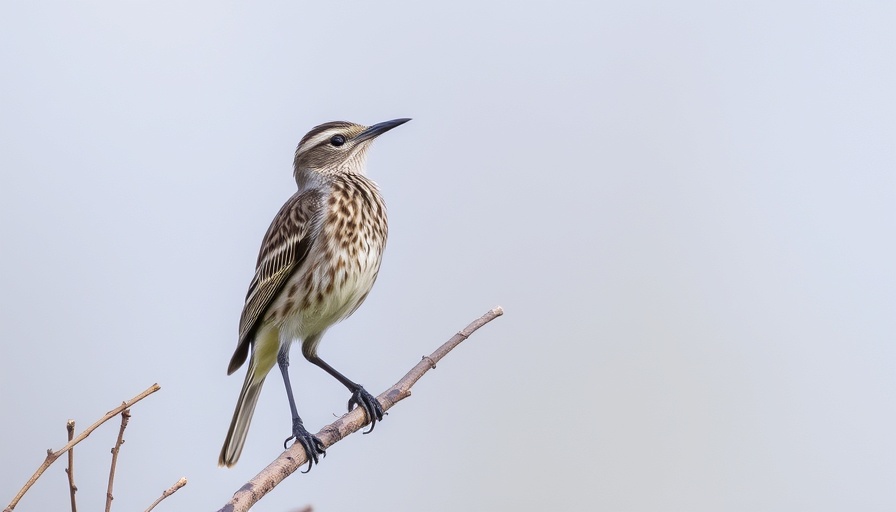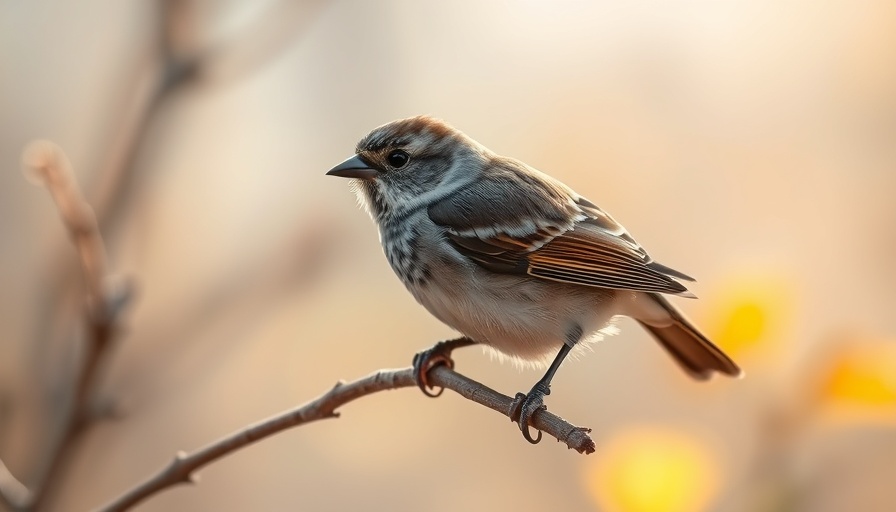
Understanding Bird Migration: A Dance with the Winds
Birds, those remarkable creatures of the sky, are known for their seemingly instinctual ability to migrate great distances. But have you ever wondered what guides them on these epic journeys? The answer lies in their relationship with the wind, a force that has played an integral role in shaping their migration routes for thousands of years.
Evolving Pathways: Nature’s Blueprint
Migration routes are not arbitrary; they evolved over time under specific environmental conditions. According to naturalist Scott Weidensaul, during the last ice age, ice-free areas in Alaska and parts of Western Canada provided breeding grounds for various songbirds like the Blackpoll Warbler. These regions benefited from consistent wind patterns, which the birds adapted to follow, guiding their paths southwards as they migrate to Central America and the Caribbean. As we observe these behaviors today, we see that modern migration is still heavily influenced by the wind—birds utilize tailwinds for assistance just as their ancestors did.
The Science Behind Migration: Weather’s Influence
Weather conditions significantly affect migration timings and characteristics. Birds like the Gray-cheeked Thrush and the Louisiana Waterthrush rely on a combination of instinct and environmental changes, such as day length and wind direction, to decide when to migrate. For instance, during spring, favorable southerly winds promote migration, while during fall, they tend to avoid headwinds that would hinder their journey. This intricate dance with the wind is observable at migration hotspots like Tadoussac, Quebec, where ornithologists have tracked wind patterns alongside bird movements for decades.
The Role of Technology: Tools for Birdwatching
Modern birdwatchers can enhance their experiences through the use of technological tools. Platforms like Windy offer detailed forecasts of wind speed and direction, which can predict optimal migration days. By understanding these patterns, birdwatchers can visualize the timing and movements of various species, enhancing their enjoyment and appreciation for these migratory phenomena.
Future of Migration: Climate Change Impacts
As climate change alters wind patterns and weather conditions, the future of bird migration is uncertain. These environmental impacts could significantly disrupt traditional migration schedules, leading to challenges for birds in finding food and suitable breeding grounds. Understanding and monitoring these changes is crucial for conservation efforts that aim to protect migratory pathways and the birds that rely on them.
A Call to Protect Our Avian Friends
Witnessing the beauty of bird migration is more than just a scientific curiosity; it is a call to action. Each of us can play a role in conservation by supporting organizations dedicated to protecting migratory routes and ensuring a sustainable future for these remarkable creatures. Whether through donations, education, or simply observing birds in our local environments, we all have the capacity to contribute to their well-being.
 Add Row
Add Row  Add
Add 




Write A Comment